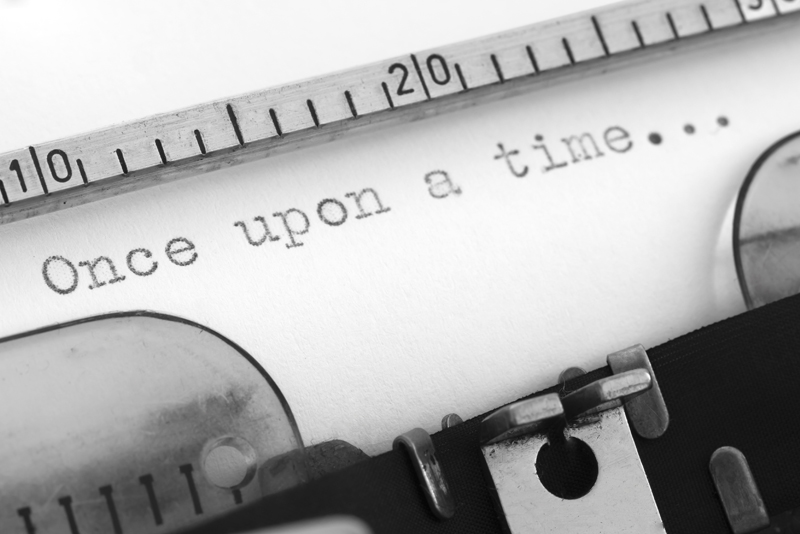The Mind-Blowing Many Worlds Interpretation

The many-worlds interpretation is a physics concept with a specific application to quantum mechanics, but it can also stimulate the fiction writer’s imagination. First, some background. According to Wikipedia, the many-worlds interpretation “implies that all possible alternative histories and futures are real, each representing an actual ‘world’ (or ‘universe’). In lay terms, the hypothesis states there is a very large – perhaps infinite – number of universes, and everything that could possibly have happened in our past, but did not, has occurred in the past of some other universe or universes.” The Wikipedia entry on the many worlds interpretation provides an example with the classic physics paradox of Schrodinger’s cat: the cat in the box is both alive and dead before the box is opened, but the alive cat and the dead cat are in different branches of the universe, both of which are equally real, but which do not interact with each other.
So think about that for a moment. Imagine the course of your life as a huge flowchart. Every time that more than one effect can result from a cause, your flowchart shows all possible branches. Each branch finds expression in its own universe and all the universes feature versions of you reacting to the consequences of your decisions. Each universe is real though they can contradict infinitely, and none of the universes touch or interact with each other.
This mind-blowing concept has inspired many works of fiction. Remember the movie Groundhog Day? One man relives the same day of his life repeatedly (probably cycling through every variation of it that could possibly happen in all universes) until he perfects his responses to everyday events and is released like a bodhisattva from his trap. In Kate Atkinson’s stunning novel Life After Life, the seemingly ordinary British heroine lives out her life in the twentieth century, including an extended sequence during the World War Two bombing of London. Like anyone else, she has some near-death experiences, but whenever she actually dies, she experiences a reset of her life. Soon this has happened so many times that she is haunted by an eerie sense of déjà vu.
Have you ever had a near-death experience? Can you look back at your life and pinpoint some major turning-point decisions? I think it is human nature to be fascinated by what might have been, and such imaginings can be fertile ground for fiction. You may find your next great story idea by making up a fantasy of how your life might have gone according to other decisions made in another universe. Meanwhile, you can find your next great read on Amazon.com: Life After Life: A Novel
So think about that for a moment. Imagine the course of your life as a huge flowchart. Every time that more than one effect can result from a cause, your flowchart shows all possible branches. Each branch finds expression in its own universe and all the universes feature versions of you reacting to the consequences of your decisions. Each universe is real though they can contradict infinitely, and none of the universes touch or interact with each other.
This mind-blowing concept has inspired many works of fiction. Remember the movie Groundhog Day? One man relives the same day of his life repeatedly (probably cycling through every variation of it that could possibly happen in all universes) until he perfects his responses to everyday events and is released like a bodhisattva from his trap. In Kate Atkinson’s stunning novel Life After Life, the seemingly ordinary British heroine lives out her life in the twentieth century, including an extended sequence during the World War Two bombing of London. Like anyone else, she has some near-death experiences, but whenever she actually dies, she experiences a reset of her life. Soon this has happened so many times that she is haunted by an eerie sense of déjà vu.
Have you ever had a near-death experience? Can you look back at your life and pinpoint some major turning-point decisions? I think it is human nature to be fascinated by what might have been, and such imaginings can be fertile ground for fiction. You may find your next great story idea by making up a fantasy of how your life might have gone according to other decisions made in another universe. Meanwhile, you can find your next great read on Amazon.com: Life After Life: A Novel
You Should Also Read:
Plot

Related Articles
Editor's Picks Articles
Top Ten Articles
Previous Features
Site Map
Follow @Val%5FKovalin
Tweet
Content copyright © 2023 by Val Kovalin. All rights reserved.
This content was written by Val Kovalin. If you wish to use this content in any manner, you need written permission. Contact Val Kovalin for details.


